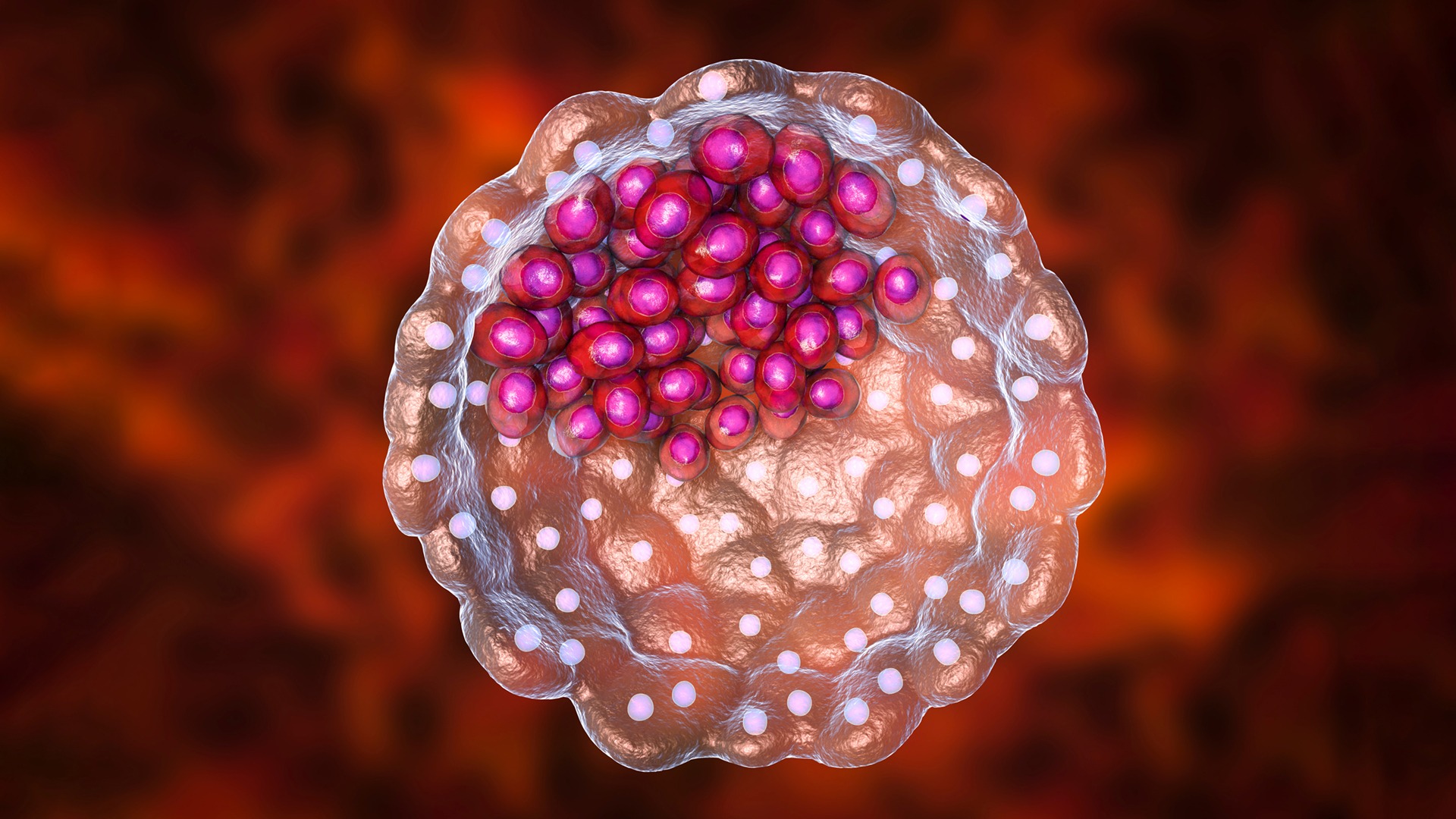Researchers unveil factor behind cell fate determination in human embryonic development
A team of researchers from Karolinska Institutet, led by SciLifeLab Fellow Simon Elsässer, have identified the epigenetic regulator that controls the first cell fate decision in human embryonic development. According to their findings, an enzyme called PRC2 shields pluripotent cells from trophectoderm differentiation.
All cell types, organs and tissues derive from three germ layers, or lineages. In turn, these three lineages originate from pluripotent stem cells. But how do naïve (early embryonic state) human embryonic stem cells make their first lineage decision?
Researchers have long since determined the existence of an early decision which decides the fate of stem cells. Either they become extraembryonic, or embryonic.
“It is thought that epigenetic information – encoded ‘on top’ of the genetic information – is passed on together with the genetic information through each cell division, ensuring that each individual cell remembers its specialized task in building the complex human organism”, says SciLifeLab Fellow and Senior author Simon Elsässer (KI) in a press release.
Extraembryonic tissues inside fertilized eggs create a structure that supports cellular development, that is not part of the developing human fetus. This is the trophoblast, which later forms the placenta in the uterus wall. Once split into a specific lineage, that cell is locked into its own developmental program and won’t mix with another lineage. Yet little was known about the molecular mechanism behind this selection.
Until now
To bring clarity and finally determine the cause of this phenomenon, a group of researchers from SciLifeLab and Karolinska Institutet designed a study that is now published in nature cell biology. Their intention was to clarify how specific cell types come to be established during early human development.
SciLifeLab Fellow Simon Elsässer (KI) led the group who identified a protein complex that is involved in keeping embryonic lineages separated from extraembryonic.
“Human embryonic stem cells can be derived from the early embryo and are thought to represent the embryonic cells shortly following implantation. These cells can be propagated indefinitely, and can also be reverted to an earlier embryonic state, called the naïve state, which precedes implantation” says Assistant Professor Fredrik Lanner (KI).
The enzyme named Polycomb Repressor Complex 2 (PRC2) modifies the H3 Histone protein. When active, this histone keeps genes in an off state. But once PRC2 is inactivated, the researchers found that cells begin to generate extraembryonic cell types. According to the article, ‘PRC2-mediated repression provides a highly adaptive mechanism to restrict lineage potential during early human development’.
Before this study, PRC2 was already known to act as an epigenetic repressor and mainly thought of as regulating the development of the three germ layers.
Using single-cell transcriptomics the team could conclude the trajectory from naïve yet not primed pluripotent cells, to their extraembryonic cell fates. The researchers now know how PRC2 maintains the embryonic lineages, basically acting as an epigenetic barrier which prevents the abnormal activation of trophectoderm genes.
“Our findings are very much in line with Conrad Waddington’s ideas in the 1950s, that cells navigate through an ‘epigenetic landscape’ which guides cells to follow predetermined differentiation routes, and perturbation of the underlying landscape can make cells to ‘take the wrong turn’ “, says Banushree Kumar.
Read more in the Karolinska Institute press release!





